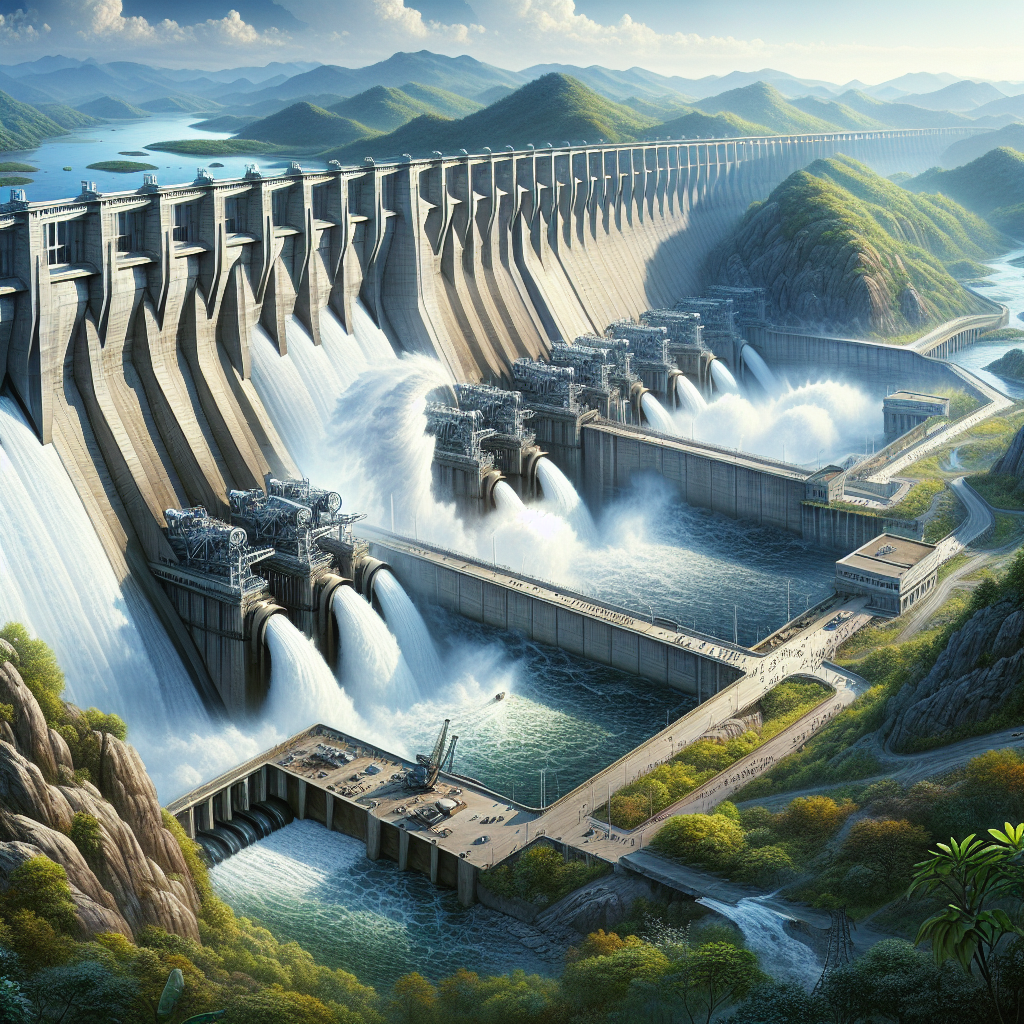China's Monumental Hydropower Endeavour: The Yarlung Zangbo Project
China has started constructing the world's largest hydropower dam on the Tibetan Plateau, costing $170 billion. The project is controversial, affecting millions downstream and raising environmental concerns. The dam is aimed to generate 300 billion kilowatt-hours annually, fueling China's investment and construction sectors.

In a significant announcement, China's Premier Li Qiang declared that construction has begun on what is set to be the world's largest hydropower dam, strategically located on the eastern Tibetan Plateau, with an estimated cost of $170 billion, according to the official Xinhua news agency.
The dam, considered China's most ambitious hydropower project since the Three Gorges Dam, is expected to begin operations in the 2030s. Positioned on the lower Yarlung Zangbo River, renowned for its steep drop of 2,000 meters over a 50 km stretch, the site presents immense hydropower promise.
Though touted as a project of the century set to generate 300 billion kilowatt-hours of electricity annually, concerns linger over its potential impact. Both India and Bangladesh have expressed apprehensions about downstream consequences, while NGOs warn of ecological risks.
(With inputs from agencies.)
ALSO READ
Uttar Pradesh's Remarkable Transformation: From Lawlessness to Environmental Leader
Indian Real Estate Sees 122% Spike in Institutional Investments, Despite Annual Decline
Bull Market Leap: Turning $2,000 into $100K with Strategic Crypto Investments
Jindal (India) Ltd's Bold Investment in Odisha's Steel Future
Madhya Pradesh-Punjab Partnership: A New Era of Investment Opportunities










